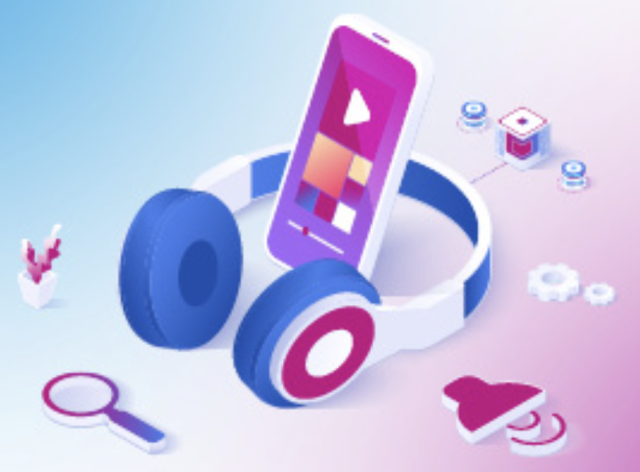Gadgets and tech for seniors were once a niche market, with specialized devices like pill organizers, medical alert systems, and so on. But the so-called silver tech market is now is a big trend in the already fast-growing technology and software field.
This tech covers everything from mobility aids to telemedicine, virtual rehabilitation, remote health monitoring devices, and more. Every year brings a wider range of options for seniors and their caregivers.
In recent years, some of the IT giants of the tech field have entered this market, and the resources they bring to research and development may introduce new devices that could change the way people age. The three main driving forces in the senior tech field are the consumers themselves, the medical industry and the tech developers.
Consumers
America is graying, with the population of seniors projected almost to double by 2060. In general, these older adults are increasingly tech-savvy. According to an AARP survey from 2020, fully half of senior respondents had bought tech products in the last year, and that number is projected to continue rising. Seniors are increasingly comfortable with a variety of tech, especially smartphones and smart devices.
Both seniors and their caregivers are actively looking for tech solutions to help aging adults stay healthier, happier and more independent. The senior sector is coming to expect increasingly more from silver tech.
Healthcare Concerns
The pandemic strained the country’s healthcare system and exposed some distinct weaknesses in the medical safety net for seniors. Many of these older adults wanted to minimize visits to the hospital and other places where they could potentially come into contact with Covid-19. The healthcare system started embracing telehealth and remote monitoring devices at an accelerated rate in response to the crisis.
Software applications can allow seniors to schedule appointments or send updates to charts that connect to their own medical records. Smart pill dispensers increase medication compliance. Telehealth protects both doctors and patients from potentially infecting one another. All of this technology helps medical professionals serve more people and offer a higher degree of care.
Healthcare is one of the largest sectors in the country’s economy, and the chance to diverge into the multiple markets of the sector is enticing to many tech developers.
Tech Developers
Up until recently, silver tech consisted of dedicated devices made for very specific purposes, and kept simple for elderly people to use. Among the more well known are the life alert systems first made famous by the ads for a senior who had fallen and couldn’t get up – the system offered an alarm that connected to help. Over time, automatic fall detection became commonplace in the number of competing systems available.
Big Tech brings a new design philosophy to the industry now, striving to perform many more functions in one device than were previously considered necessary or possible. The smart watches from Apple and Samsung are a perfect example of an existing range of personal services ranging from email to weather reports being expanded to include health apps for heart rate monitoring and many more features.
Fall-detection has so far proven to be a major boundary for the big tech algorithms, however. While the simple, dedicated design philosophy of the existing alert systems (worn as a pendant or a belt clip-on) became very reliable to detect a falling body, the watch – of course worn on the wrist, the most mobile part of the body – has presented a much more difficult scenario for avoiding false alarms.
Big Tech is learning, however, and continues to refine its offerings to crack the healthcare market. Understandably, the big developers have no desire to throw away their great advances in AI and personalization, and will seek to emulate the stand-alone devices as an optional add-on to their existing platforms.
A good example lies with the principal objection to the Apple smart watch as a fall-detection device, namely that Apple didn’t have a 24/7 call monitoring network to act as intermediary before automatically calling 911. Amazon seems to have learned this lesson, now partnering with Best Buy’s monitoring service to allow Alexa to connect to the 24/7 Lively Urgent Response. Integrations like this between developers seem certain to continue.
Traditionally, as noted, gadgets for seniors have focused on the ‘less is more’ approach, and perfecting the simple. But the growing generation of older adults is more comfortable with tech, and increasingly so with smart watches that mimic tech functions they’re already used to via their phones and tablets.
Senior-specific technology is a relative newcomer in the consumer market, but in the modern era, both seniors and the healthcare industry are looking for gadgets that can ease the pains of aging and improve health outcomes. Seniors will increasingly have the opportunity to solve many aging-related problems with technologies that are both advanced and affordable.


